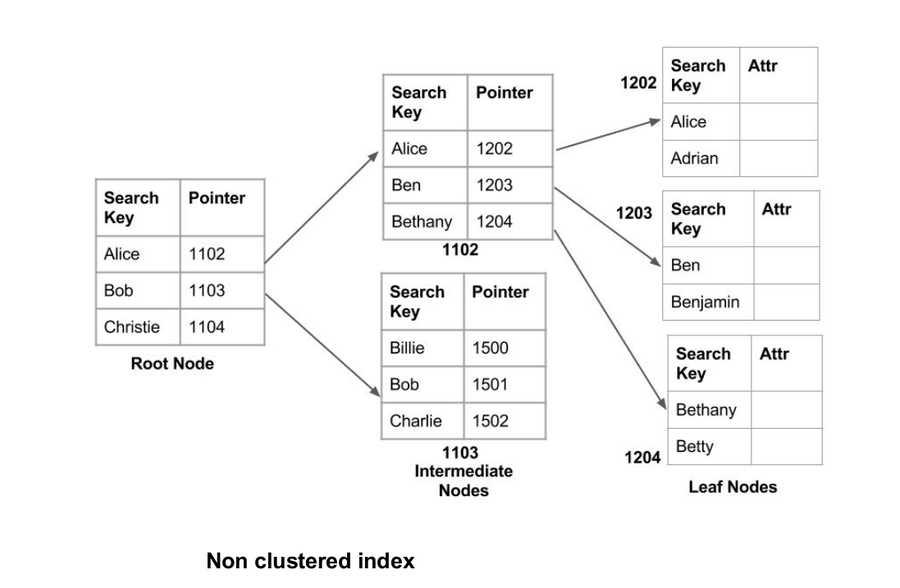Database Indexing: How Many Indexes Should You Have?
Database indexing is a crucial aspect of database management that helps improve query performance and overall database efficiency. Indexes help speed up search queries by enabling the database to quickly locate specific rows within a table. However, the question of how many indexes to create on a table is a common dilemma that database administrators face. In this article, we’ll explore the factors to consider when determining the optimal number of indexes for a database table.
Understanding Indexing
Before we dive into the topic of how many indexes to have, let’s first understand what indexing is and how it works. An index is a data structure that stores the values of specific columns in a table in a sorted order. This enables the database to quickly retrieve rows based on the indexed columns. Without indexes, the database would have to scan the entire table to locate the requested records, which can significantly slow down query performance, especially on large tables.
Factors to Consider
When it comes to deciding how many indexes to create on a table, there are several factors to consider:
- Data Distribution: The distribution of data in the table plays a significant role in determining the need for indexes. If a column has high cardinality (i.e., a large number of distinct values), it may benefit from having an index to speed up searches.
- Query Patterns: Analyzing the types of queries that are frequently run on the table can help identify which columns should be indexed. Columns that are often used in search conditions or join operations may benefit from having an index.
- Table Size: The size of the table impacts the performance of the database. Indexes can help improve query performance on large tables, but too many indexes can also slow down data modification operations like inserts, updates, and deletes.
- Index Overhead: Each index created on a table comes with a cost in terms of disk space and processing time. It’s essential to balance the benefits of indexing with the overhead it introduces to the database.
Best Practices
Based on the factors mentioned above, here are some best practices to follow when creating indexes:
- Start with Primary Key Index: Every table should have a primary key index to ensure uniqueness and fast access to individual rows.
- Index Frequently Queried Columns: Identify the columns that are commonly used in search conditions and queries and create indexes on those columns.
- Avoid Overindexing: While indexes can improve query performance, having too many indexes can harm database performance. Only create indexes that are necessary for query optimization.
- Regularly Monitor and Maintain Indexes: As data in the database changes, it’s essential to periodically review and optimize existing indexes to ensure they remain effective.
Conclusion
In conclusion, the number of indexes to create on a database table depends on various factors like data distribution, query patterns, table size, and index overhead. By considering these factors and following best practices, database administrators can optimize query performance and improve overall database efficiency. Remember to strike a balance between having enough indexes to speed up searches and avoiding overindexing to prevent performance degradation.
